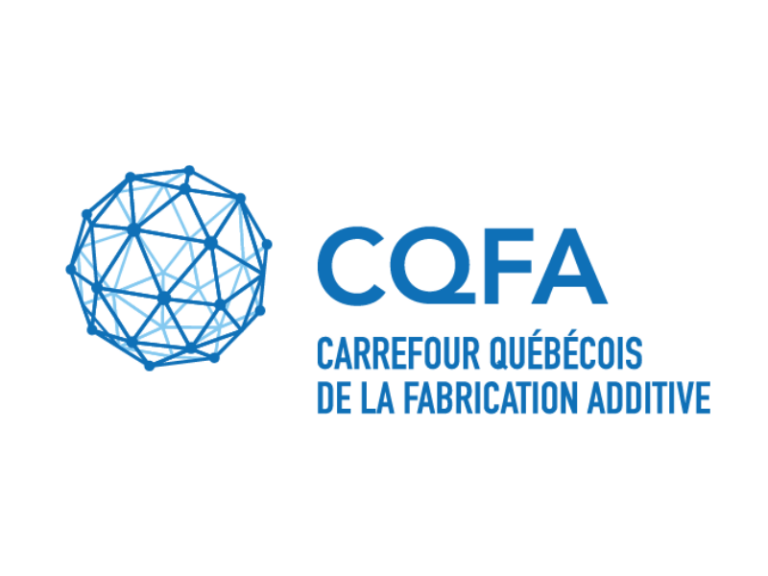
2024/07/11
Laser Powder Bed Fusion Printing of CoCrFeMnNi High Entropy Alloy: Processing, Microstructure, and Mechanical Properties
Atabay, S.E.; Sarafan, S.; Islam, A.; Bernier, F.; Gholipour, J.; Amos, R.; Wanjara, P.; Borchu, M. (2024). Laser Powder Bed Fusion Printing of CoCrFeMnNi High Entropy Alloy: Processing, Microstructure, and Mechanical Properties. High Entropy Alloys & Materials. 2024, vol. 2 (129-173).
Equiatomic CoCrFeMnNi high entropy alloy (HEA) powder was processed by laser powder bed fusion (LPBF) additive manufacturing (AM). The properties of the spherical pre-alloyed CoCrFeMnNi powder were characterized and its processability using LPBF AM was systematically investigated through the volumetric energy density (VED) based on the surface roughness, defects (micro-cracks and porosity) and densification. After optimization, LPBF processing at a VED of 104 J/mm3 achieved highly dense and crack-free vertical and horizontal test specimens with a porosity fraction lower than 0.01% and micro-pores having a mean size of, respectively, 25.9 μm and 13.4 μm, as determined from X-ray micro-computed tomography (μCT) inspection. Scanning electron microscope (SEM) analysis of the as-built (AB) CoCrFeMnNi processed at a VED of 104 J/mm3 showed a heterogeneous solidification microstructure, consisting of columnar grains with a cellular subgrain structure, and electron backscattered diffraction (EBSD) revealed a crystallographic texture mainly along the < 100 > direction. Post treatment with hot isostatic pressing (HIP) was effective in closing the remnant micro-pores in the bulk volume of the AB CoCrFeMnNi. Also, the cellular sub-grain structure in the AB CoCrFeMnNi completely disappeared after HIP and the resulting microstructure consisted of recrystallized equiaxed grains with annealing twins. Mechanical tests were then carried out.
Other news
-
Laser Powder Bed Fusion Printing of CoCrFeMnNi High Entropy Alloy: Processing, Microstructure, and Mechanical Properties
2024/07/11
This study provides important material–structure–property data and indicates a promising outlook for LPBF of the CoCrFeMnNi HEA with high-performance. Keywords: Additive manufacturing – LPBF – Metal – CoCrFeMnNi – HIP – Mechanical properties - Scientific publication.